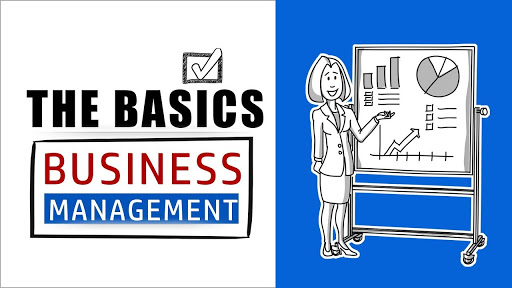One plus one, does not always equal two. The truth is that, as your organization grows and adds staff, operations become exponentially more complex. Let’s take a look at how to help address some of those challenges.
When business owners or leaders drive for growth, the natural focus is on initiatives like marketing and sales campaigns; innovation of new products and services; and ensuring capacity is sufficient to meet increased demand. Underlying all of those actions, however, is the fact that it takes people to execute them.
As a business grows, so does the number of employees. More employees mean more complexity, which increases the risk for confusion and inefficiency unless leaders intentionally put a structure and approach in place to guide and manage outcomes. One of the best ways to align and prioritize the efforts of people in a growing organization is to have an effective MOS: Management Operating System.
What exactly is an MOS? It’s a system of controls, tools, activities, and behaviors that enables an organization to translate strategy into action in order to achieve its objectives.
Here are four building blocks to a Management Operating System:
1) Planning and goal setting. No matter their size, every organization needs to do at least annual planning and goal setting. This includes establishing strategic and longer-term “official” goals like purpose, mission and vision, as well as “operative” goals that are more tactical and short-term and that pertain to execution. Growth may happen by luck or through brute force, but sustainable growth requires planning.
2) Prioritizing and measuring progress. We’ve all heard the axiom “what gets measured gets done“. Metrics provide objective evidence of performance (or lack thereof), and the challenge is in selecting and focusing on the critical few Key Performance Indicators (KPIs) that will help prioritize what is important for everyone in the organization. The most common and well known KPIs are financial in nature and include revenue, expense and profit. Non-financial measures are equally important and include on-time delivery to customers, product quality levels, customer satisfaction, supplier delivery performance and employee satisfaction. The Balanced Scorecard concept was introduced in the mid-1990’s and is a useful model when establishing KPIs.
3) Communicating and Deploying. Once planning is done, goals are agreed and metrics are established, the next most critical step is communicating and deploying the message to all employees to enable execution. This is done through a cascading process that starts with senior management and flows to all levels in the organization. It should be done through a variety of mechanisms such as personal objectives in the performance management process, team meetings, newsletters or town halls, and should include opportunities for “bottoms up” as well as “top down” communication. This is how the “doing” is initiated and results are achieved.
4) Review and Adjust. The final piece of the puzzle is to commit to a regular and formal process to review results against plans. This is the practice that brings the MOS to life. Creating metrics and collecting data is pointless if no one is looking at it on a regular and timely basis to detect deviations and shortfalls and put corrective actions in place. At a minimum, leadership should conduct a monthly Management Operating Review (MOR) using established KPIs and include an action log to ensure follow up.
A Management Operating System can and should be very simple at first, and then evolve as growth initiatives succeed and an organization becomes larger and more complex.
Thanks to Diane Janovsky, strategic partner with HPI Solutions for her insights.

